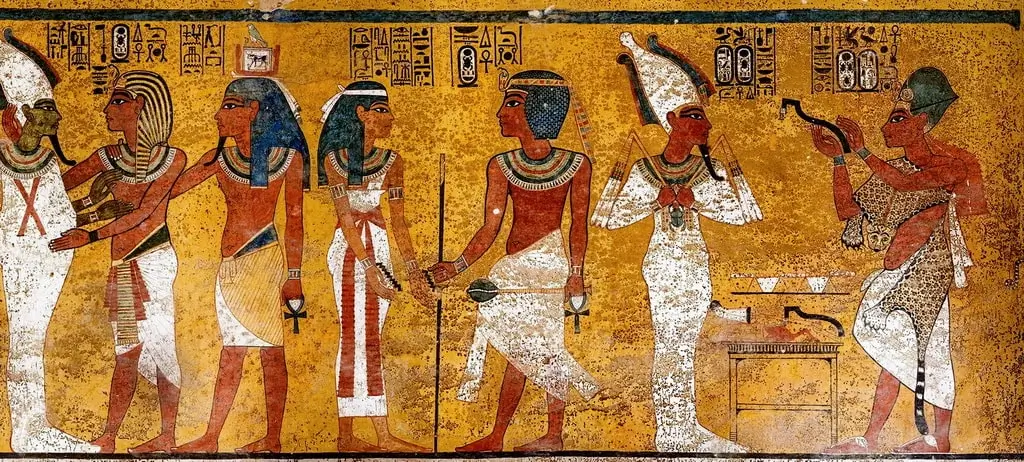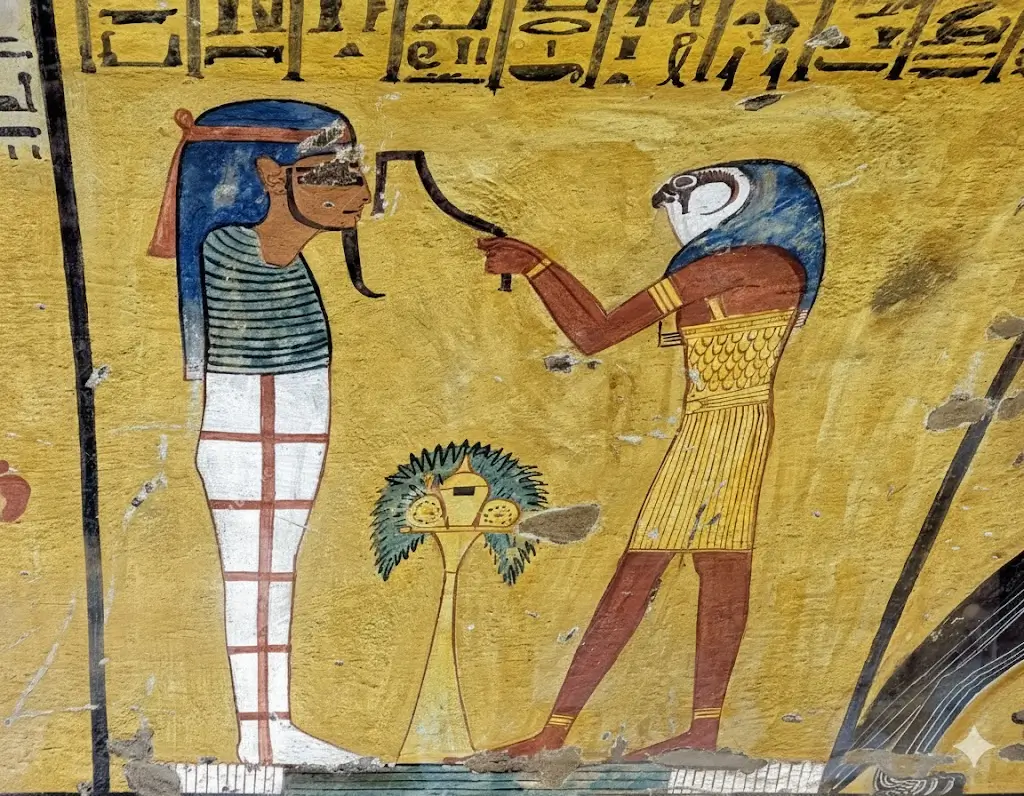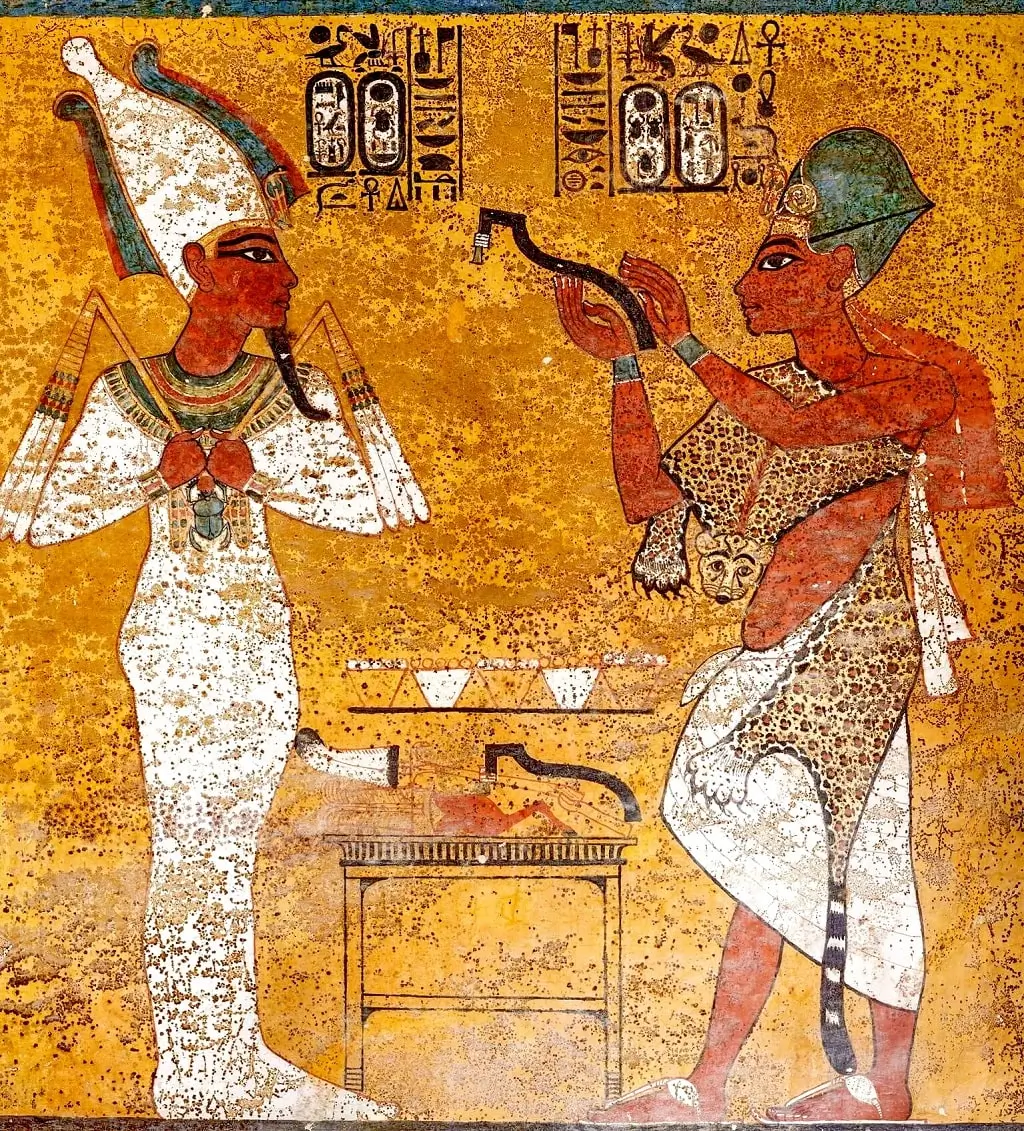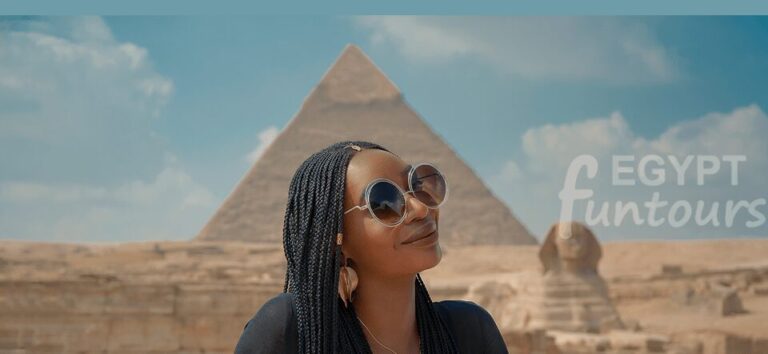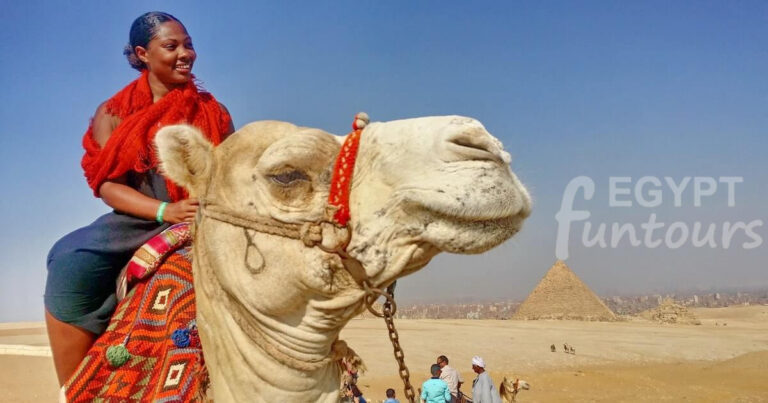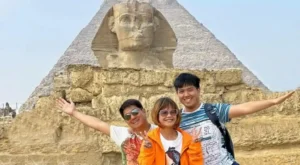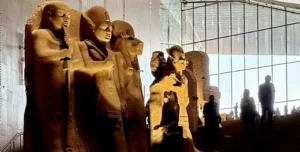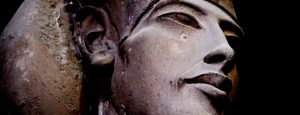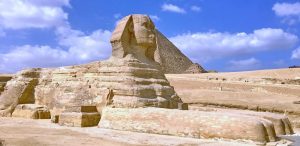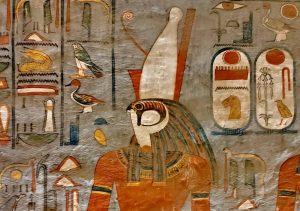The Opening of the Mouth Ceremony
Imagine a solemn procession in ancient Egypt. It carries a mummy to its new tomb. The body is perfectly preserved and wrapped in fine linen. However, one final, crucial act remains before burial. This is the moment for the “Opening of the Mouth” ceremony.
This sacred ritual was the absolute cornerstone of Egyptian funerary beliefs. It was not just a simple blessing. Instead, it was a complex magical performance. The Egyptians believed this rite literally reanimated the deceased. Through its intricate steps, a silent mummy became a living being for the afterlife. As a result, it could see the gods, speak their name, and receive eternal offerings.
This definitive guide explains the profound purpose of the Opening of the Mouth ceremony. Furthermore, it details the specific steps and sacred tools priests used to, in their belief, truly conquer death.

